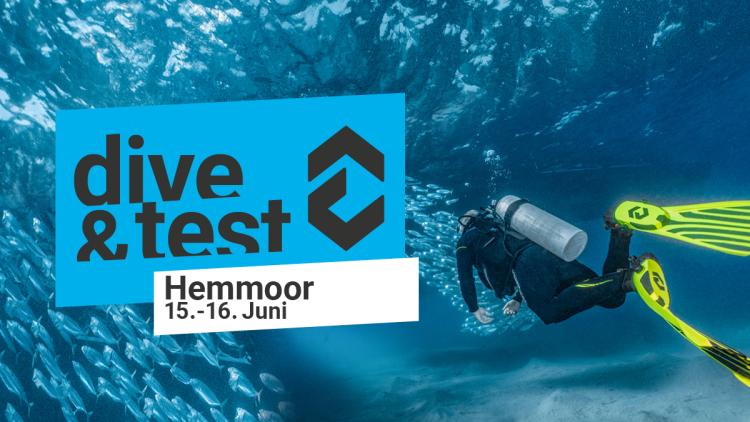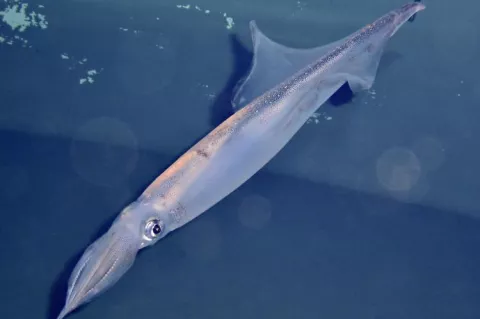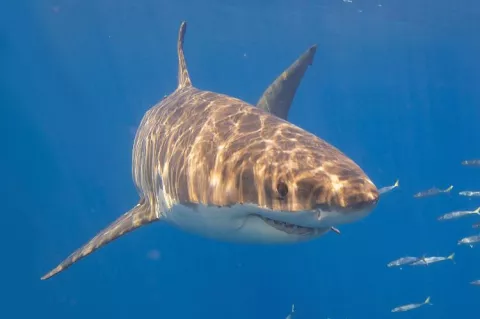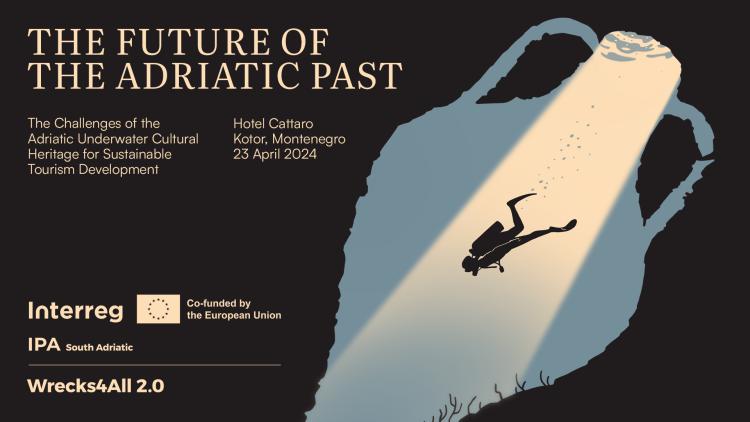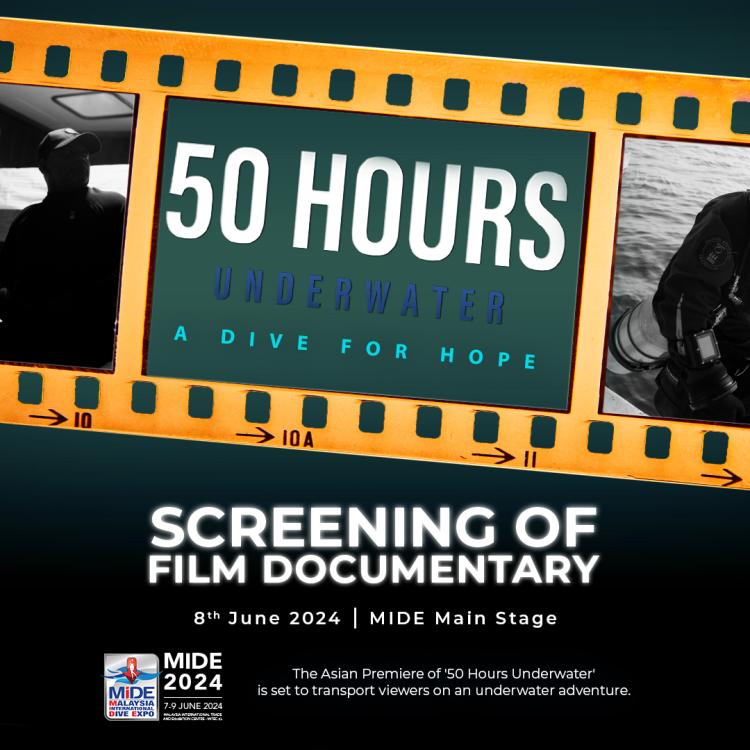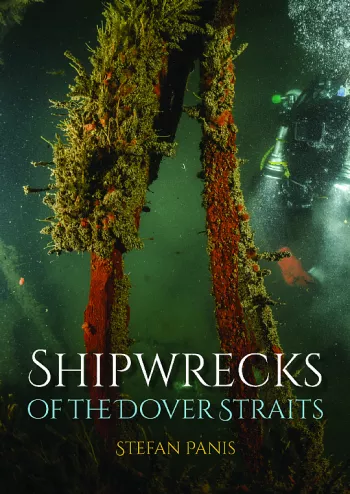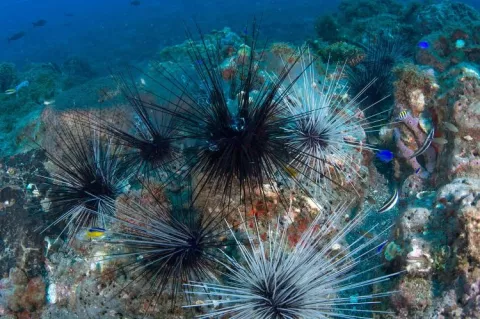Explorer Ventures Fleet Adds the PADI Eco Center designation to their Green Fins Certifications for Galapagos Vessels
The addition of the PADI Eco Center designation to its Green Fins certification for its fleet vessels, the M/V Humboldt Explorer and the M/V Tiburon Explorer, operating in the iconic Galapagos Islands, marks a proud achievement.
These vessels now stand as the pioneering Eco Centers and Liveaboards in Galapagos, showcasing a dedication to environmental stewardship.




